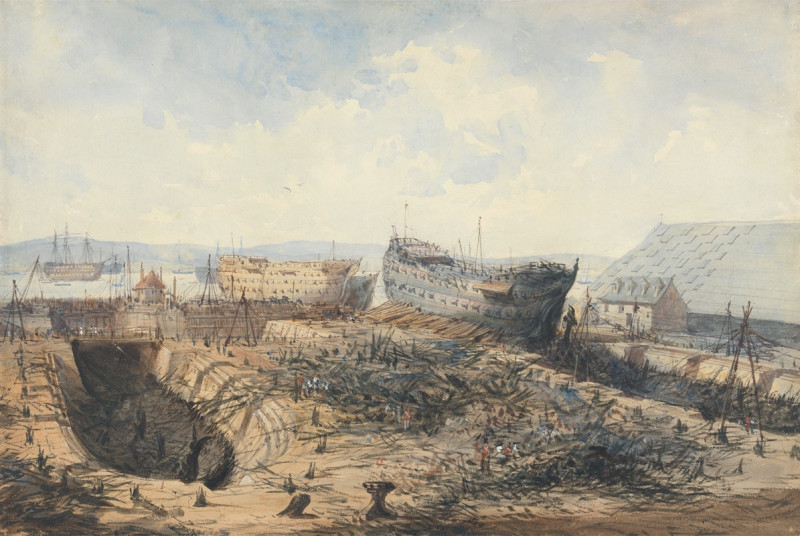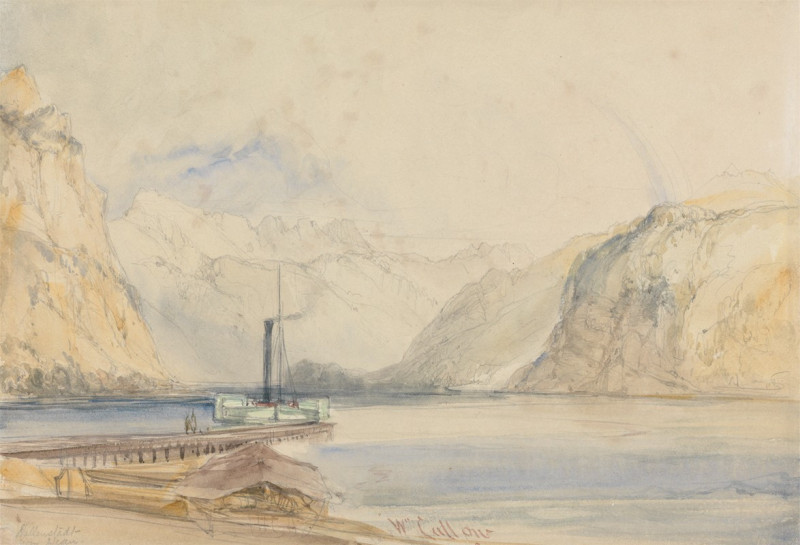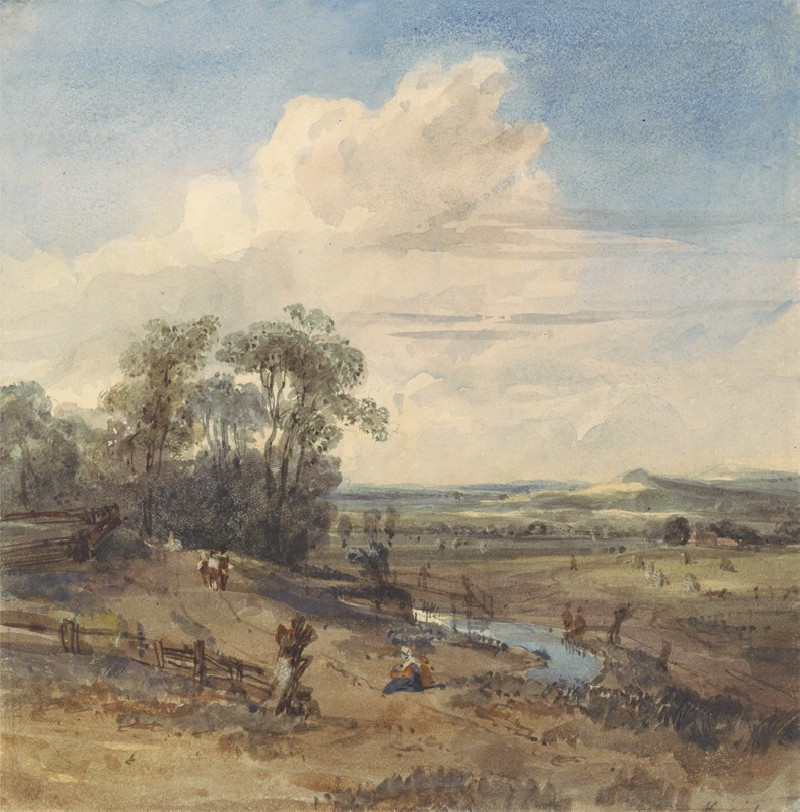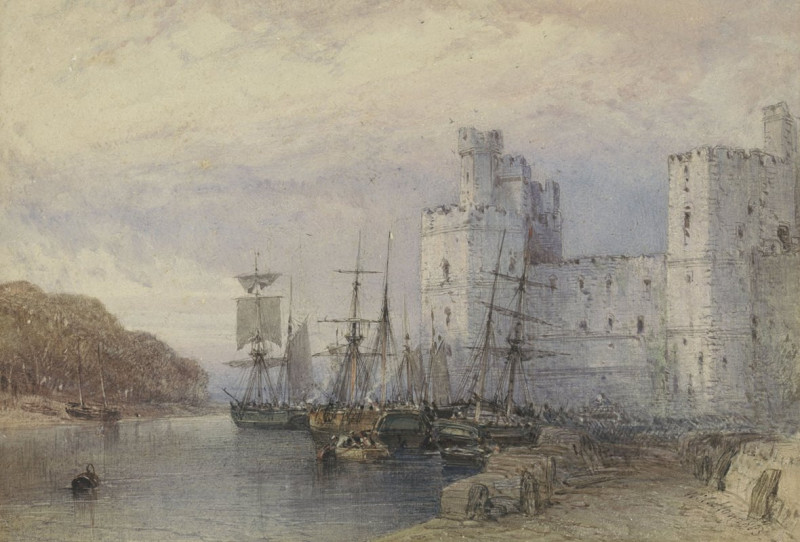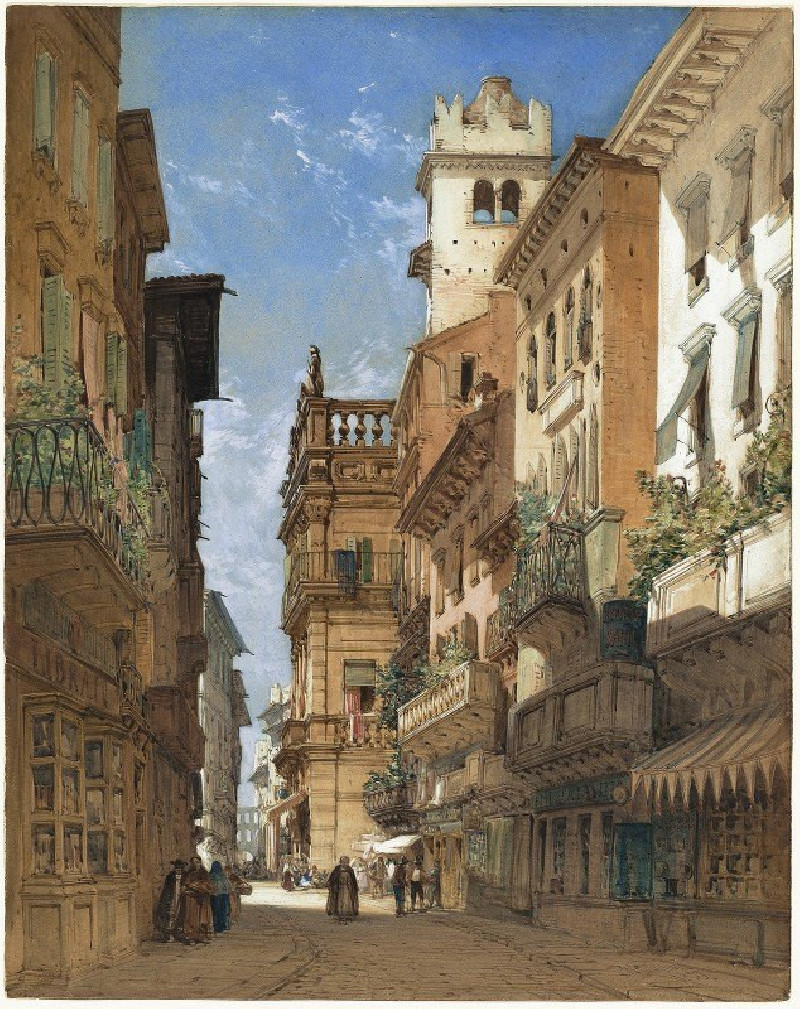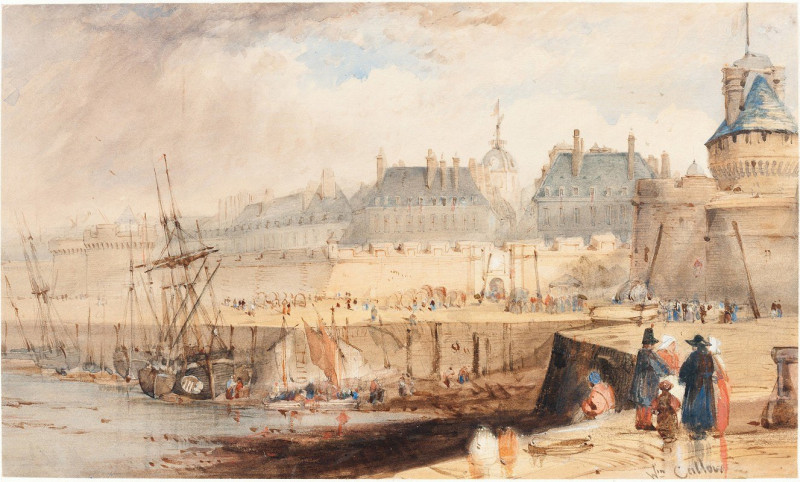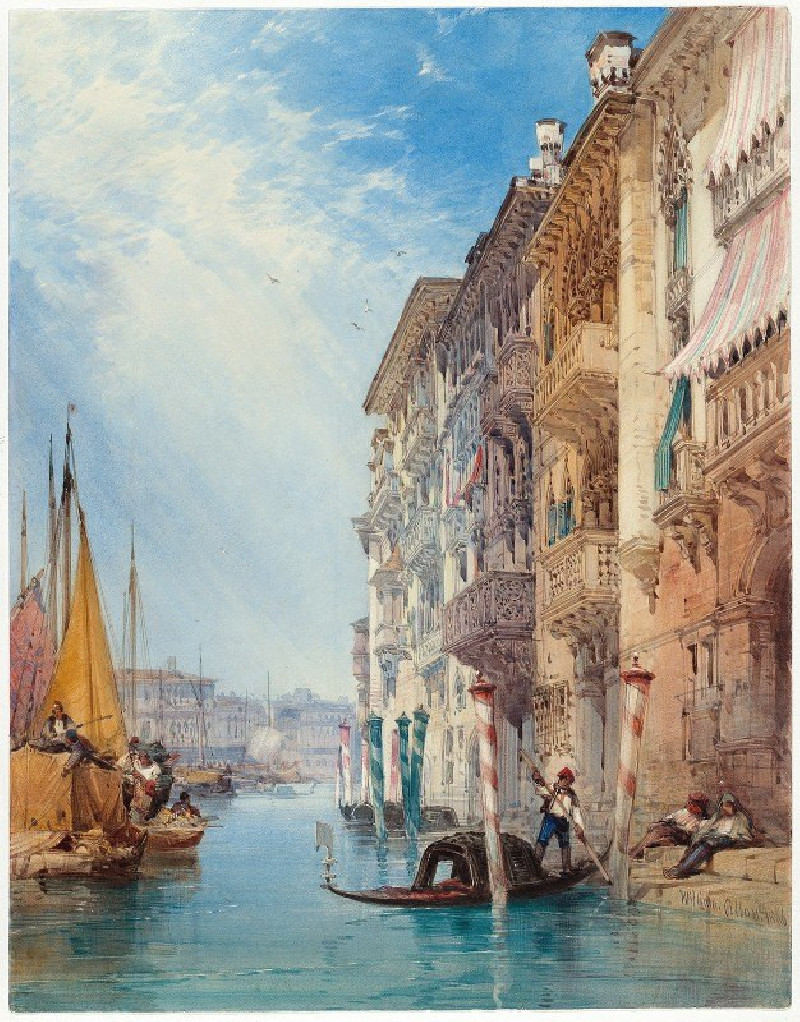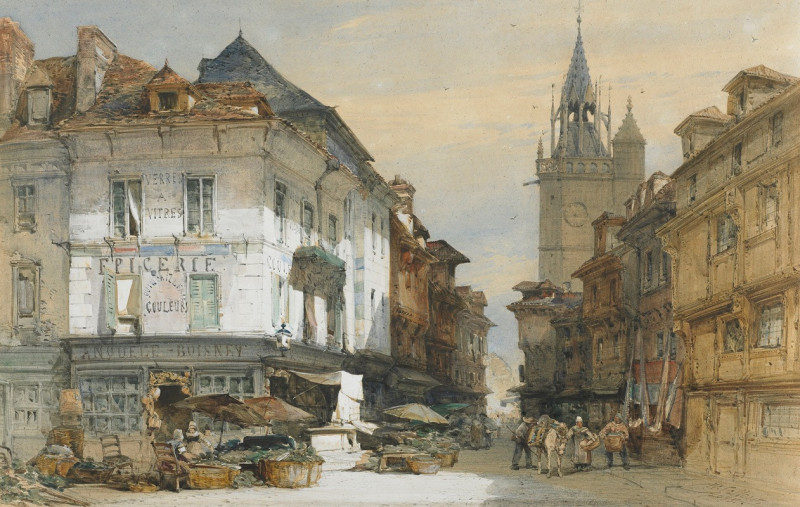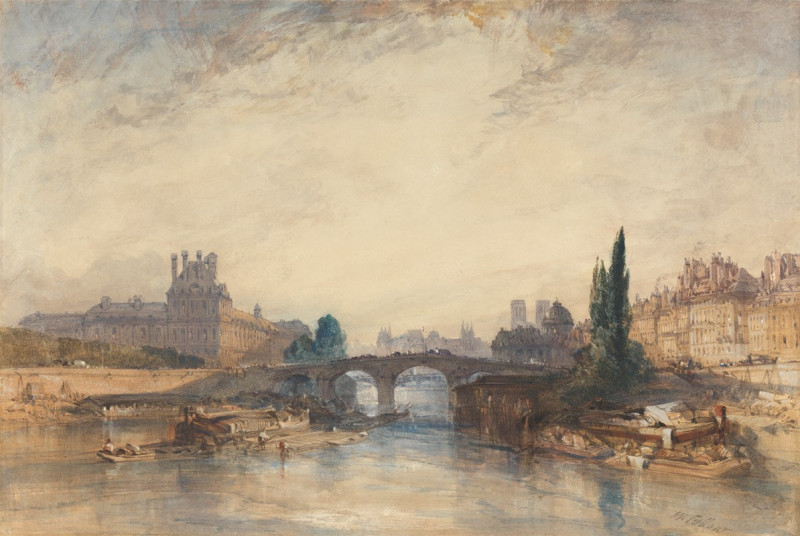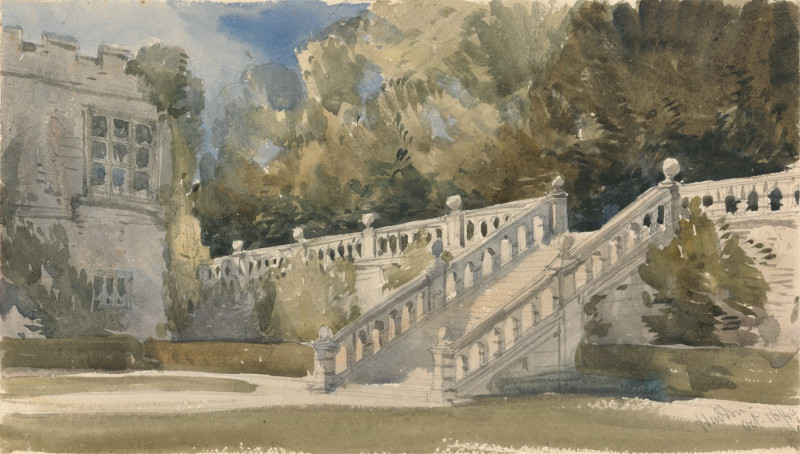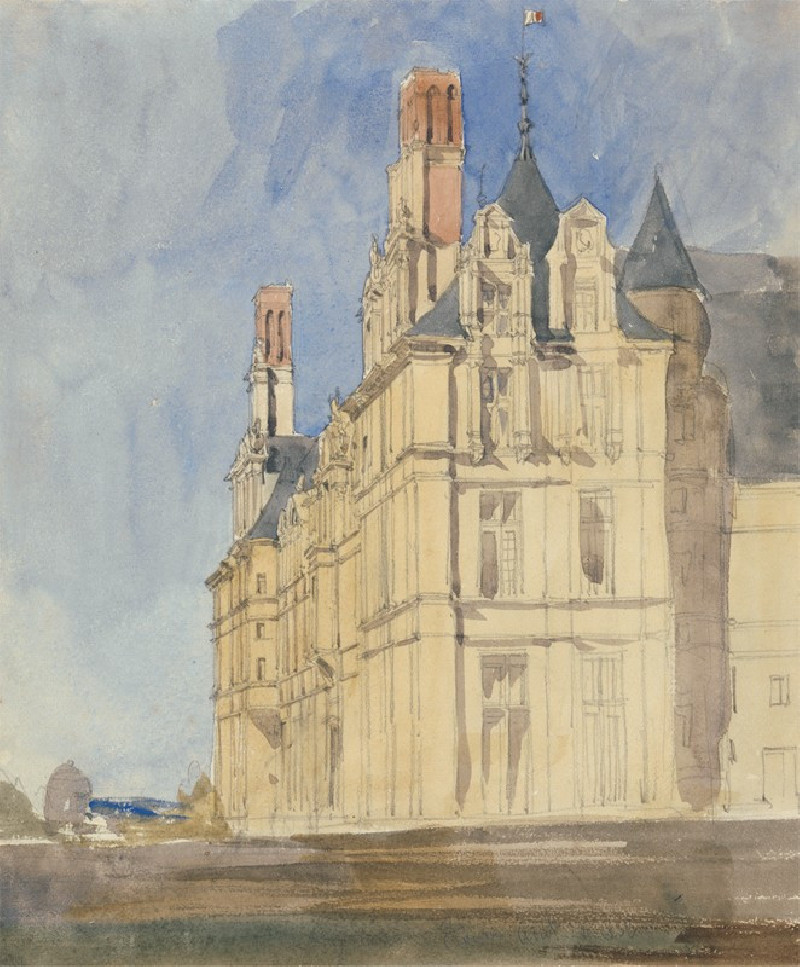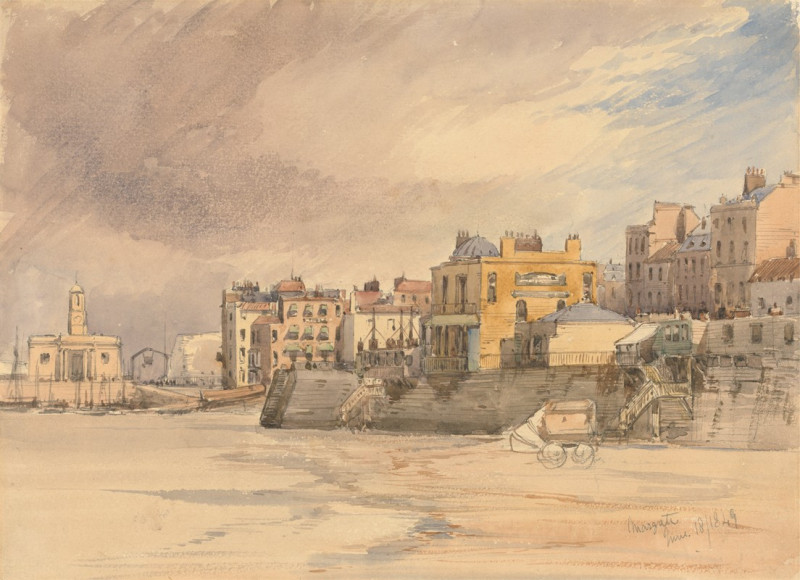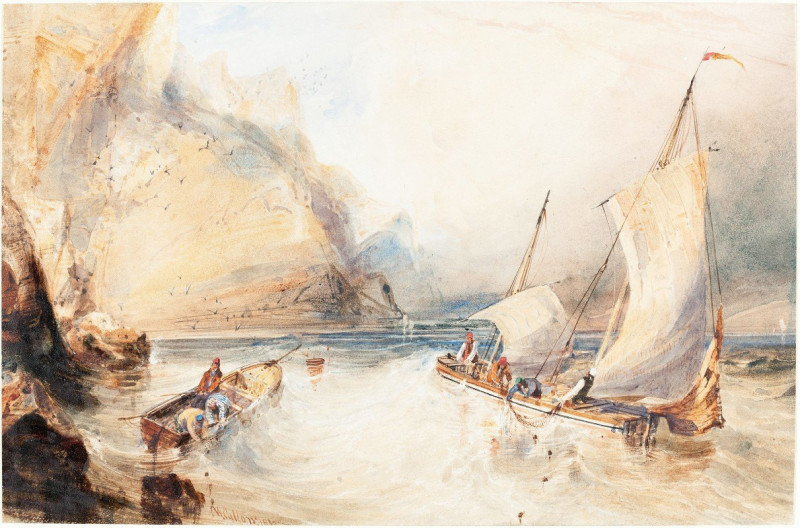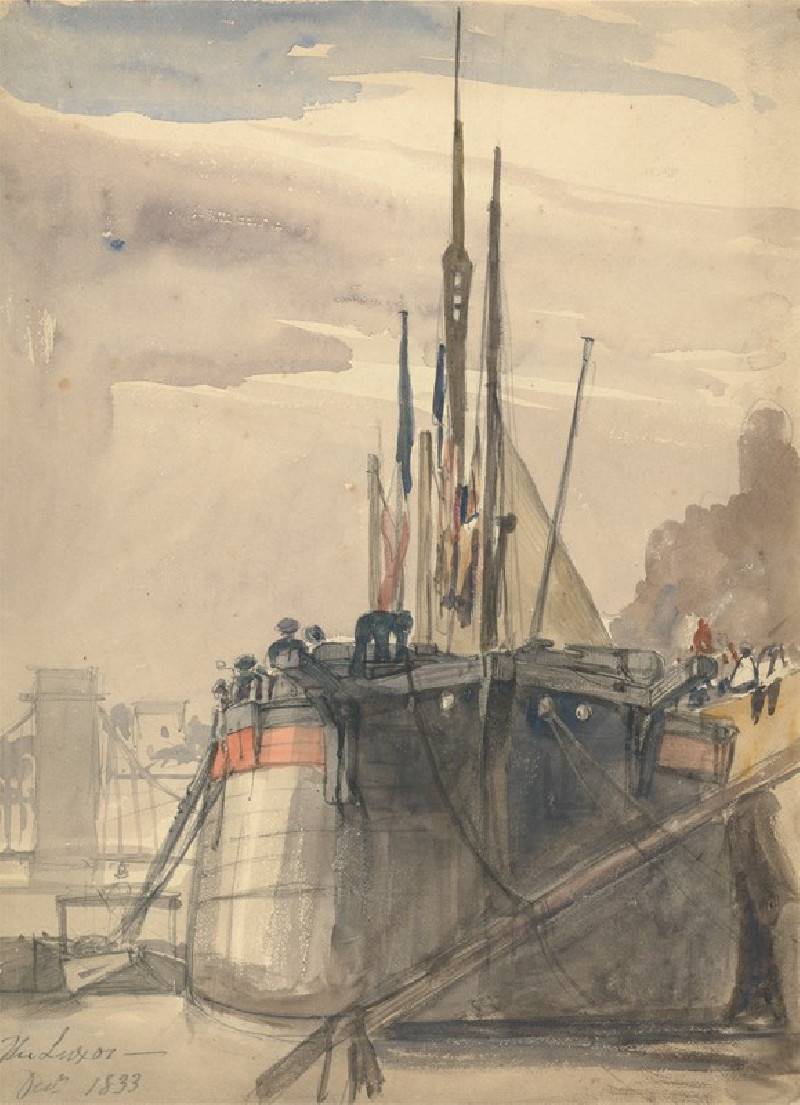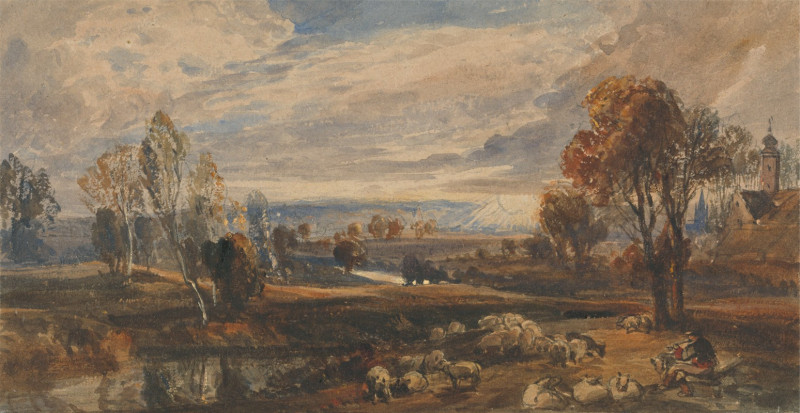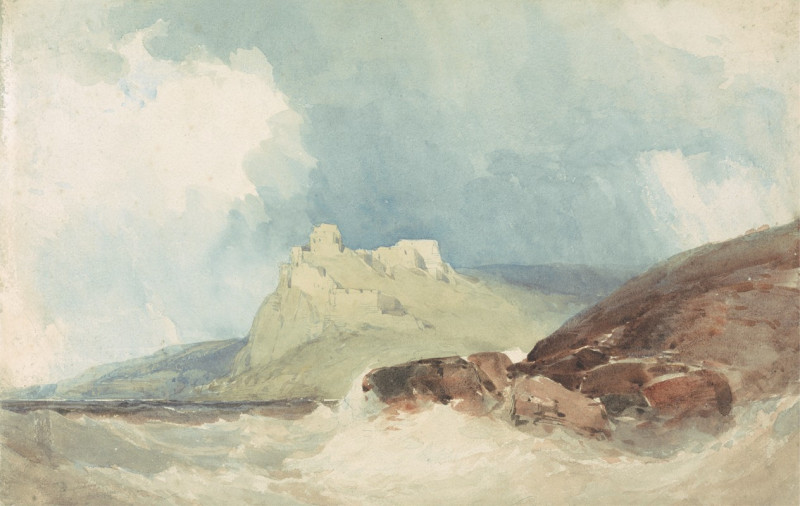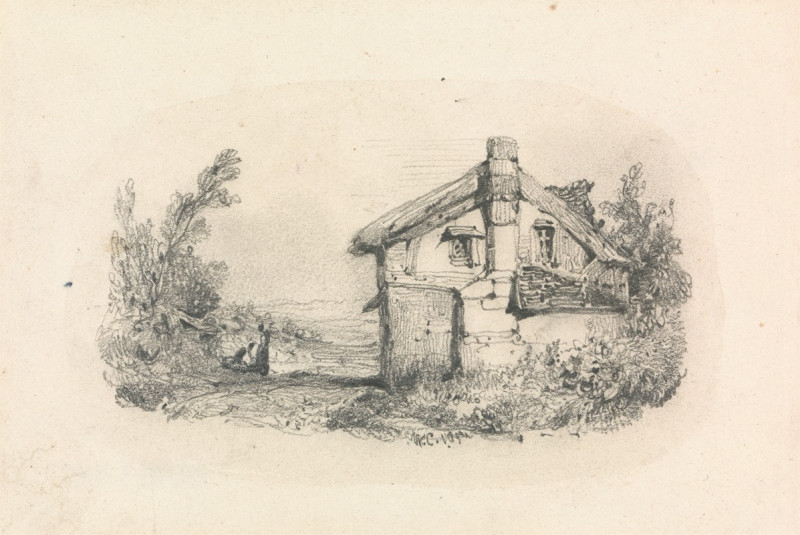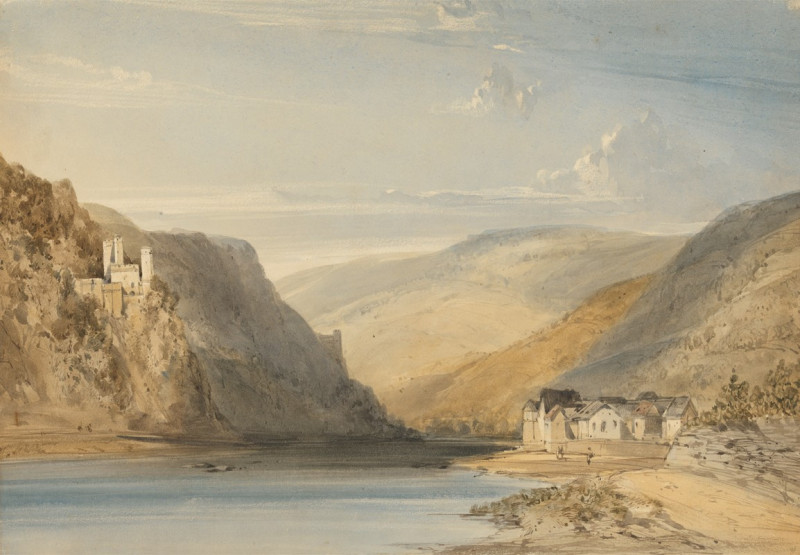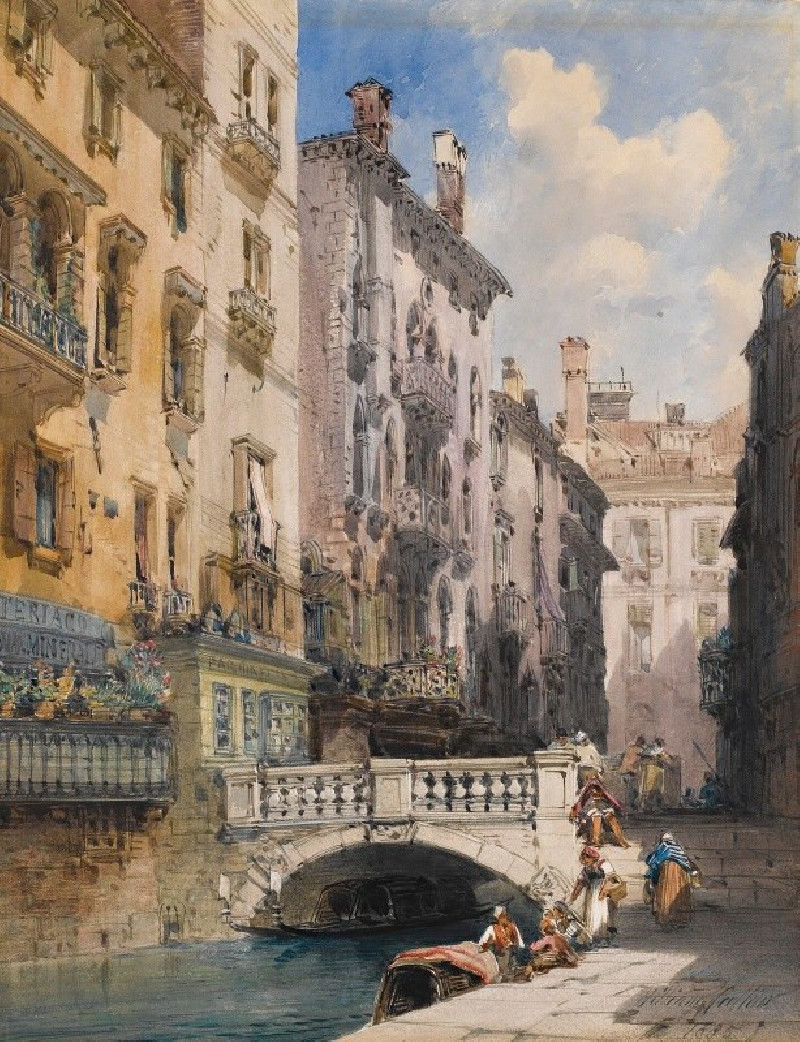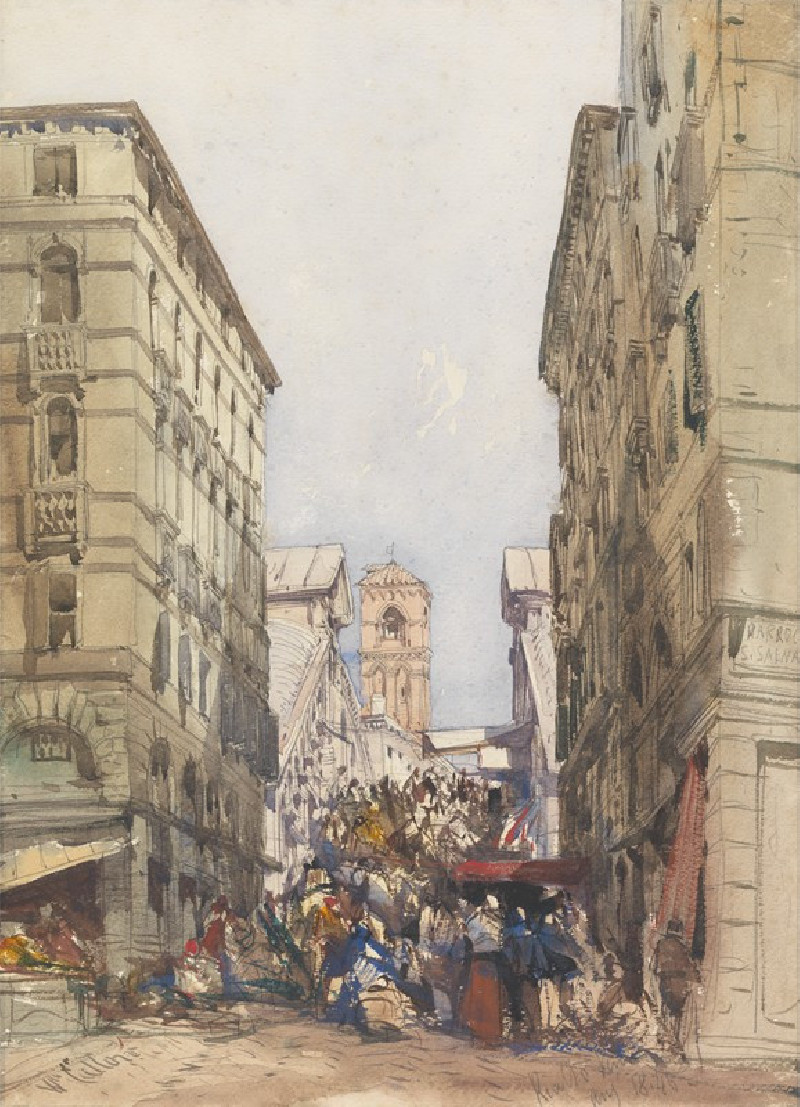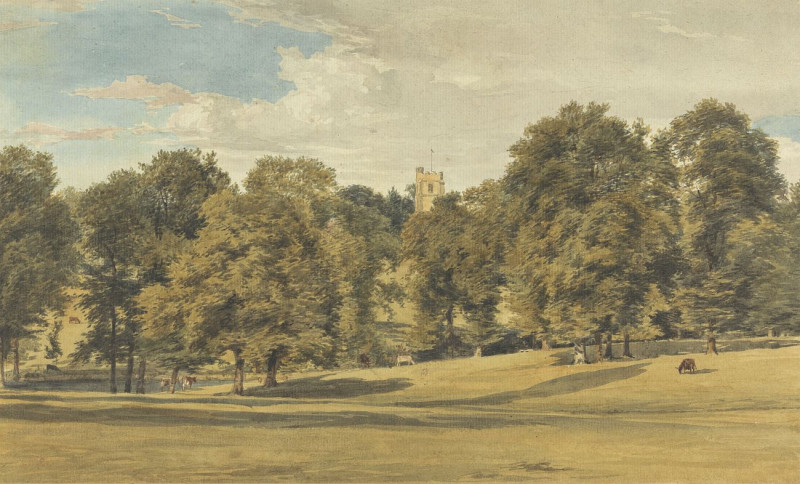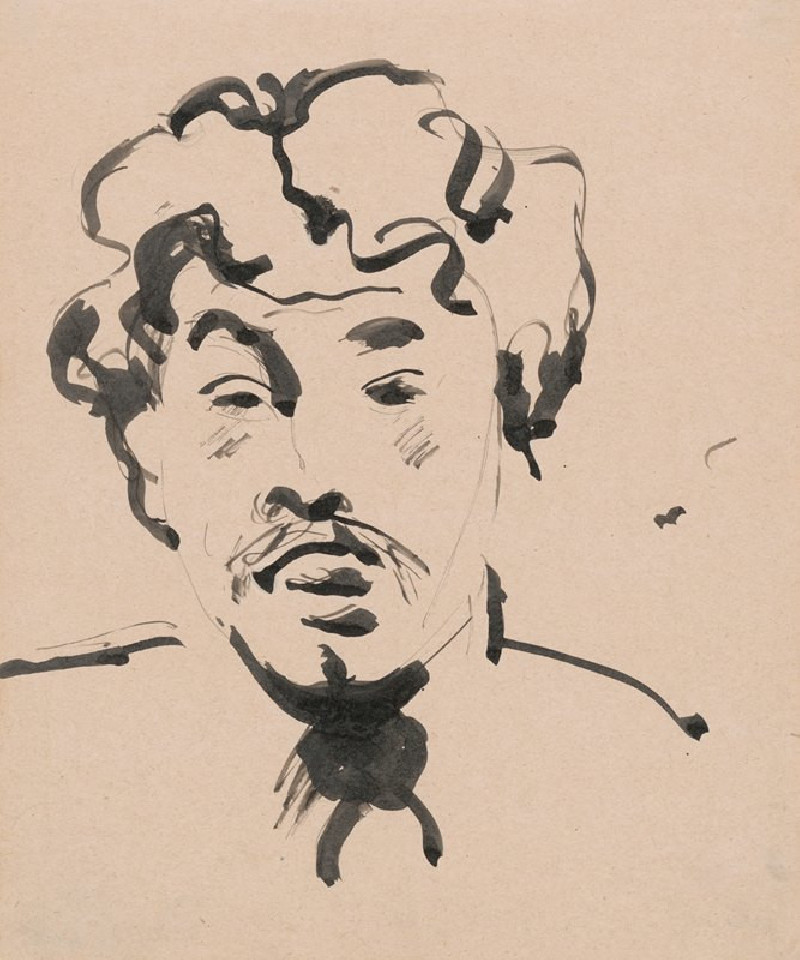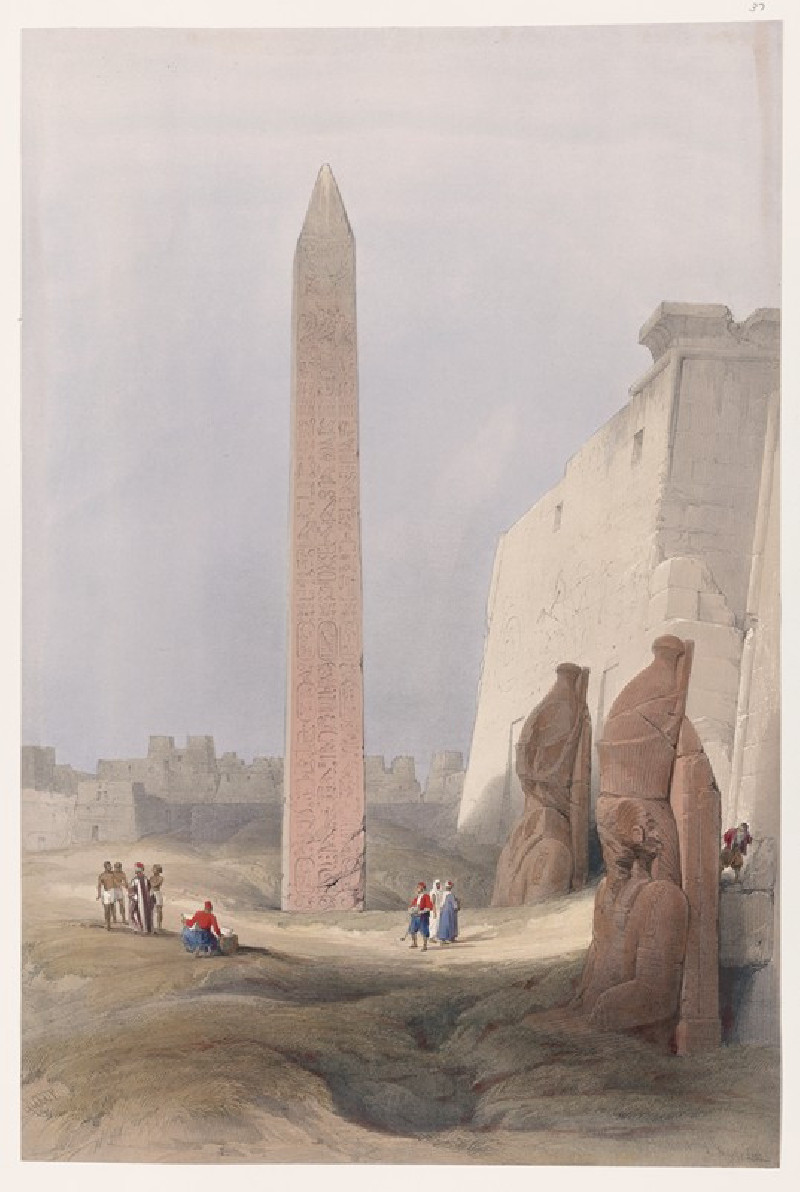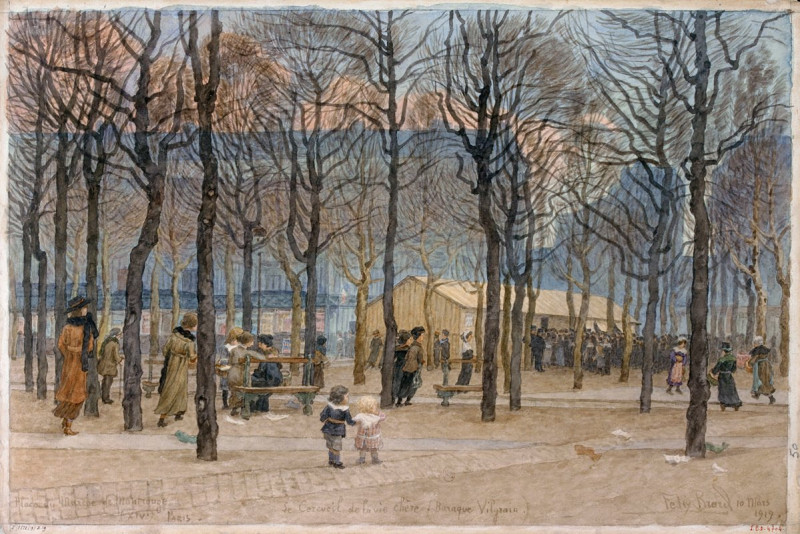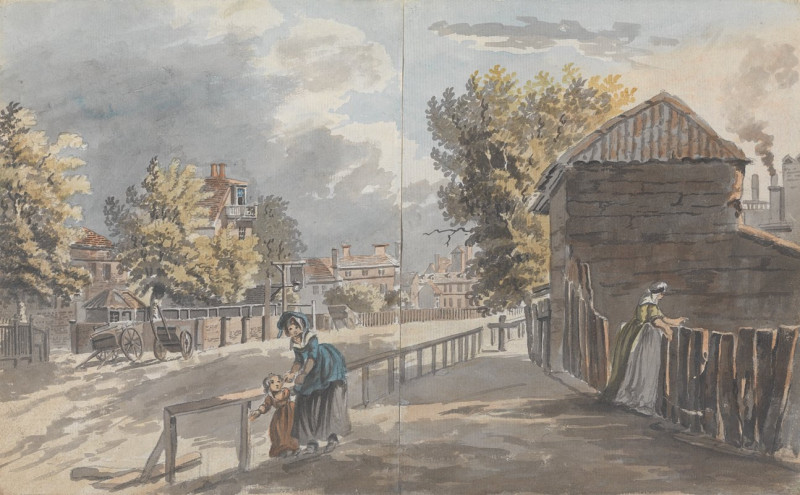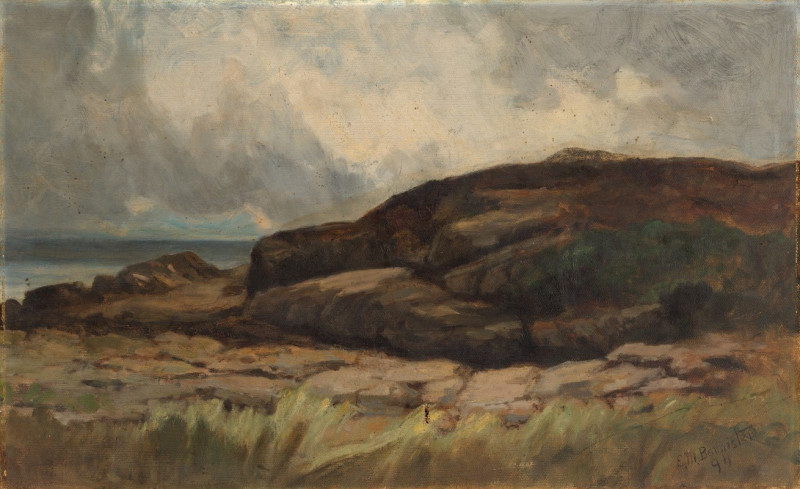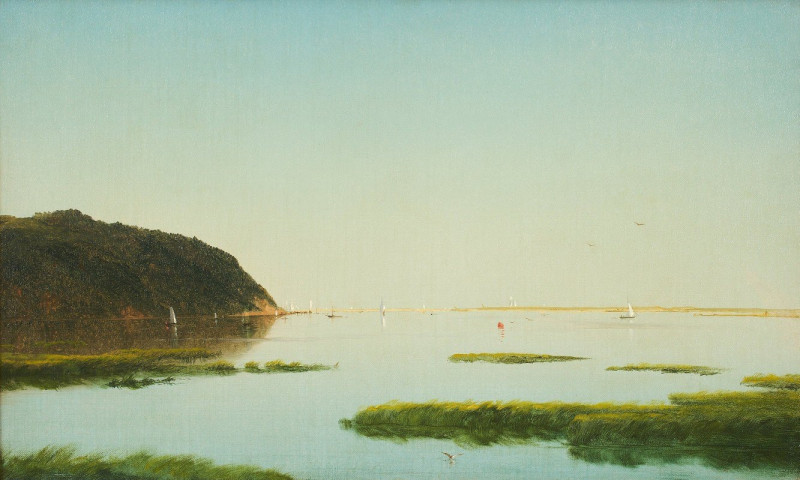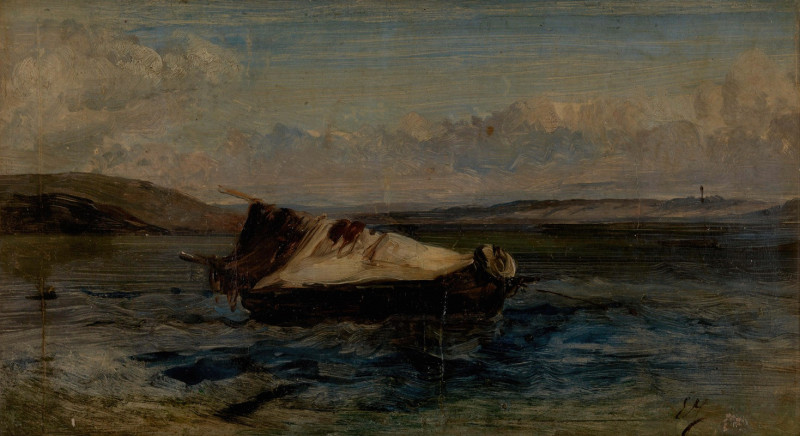Plymouth Dockyard after the Fire (1840)
Technique: Giclée quality print
Recommended by our customers
More about this artwork
" by William Callow is an evocative watercolor that powerfully captures a moment of resilience and recovery. In this painting, the viewer is transported to the aftermath of a significant disaster at Plymouth Dockyard, a key naval shipbuilding site in England.In the foreground, the charred and smoldering remnants of what was likely a once busy and bustling area provide a stark contrast to the serene sky above. The meticulous detailing in the debris and the scattered figures examining the damage speaks to the gravity of the event and the beginnings of recovery efforts.Dominating the composition are several large ships in varying states of disassembly or repair, symbolizing the ongoing life and activity of the dockyard even amidst disaster. These vessels, depicted with precise lines and intricate rigging, stand as testament to the era's shipbuilding prowess and the resilience of its people. In the background, traditional naval architecture and calm seas offer a reminder of the enduring spirit and continuity of the dockyard.William Callow’s use of light and shadow, combined with his soft yet defined watercolor technique, helps create a vivid sense of depth and texture, making the scene both poignant and beautifully serene.
Delivery
Returns
William Callow was an English landscape painter, engraver and watercolourist.
Callow was born in 1812. July 28 in Greenwich. He studied with the artist Copley Fielding, where he learned the technique of en plein air sketching. He studied under Theodore and Thales Fielding, where he learned to color prints and make aquatints, and from 1825 to 1827 was taught to paint in watercolor.

